FOUR CHAPTERS OF A LONG SUMMER DAY
Summer days are long and I often spend them outdoors. On my favorite stretch of coastline that goes from the harbor of Liznjan, four or five kilometers from where I live, to the beaches that can be reached from Shishan, another village, a bit further, I'll say another three to four kilometers, northeast of Liznjan.
In this post, I'll show you the scenes from one of those long, hot summer days, divided into four chapters, each one with its own, distinctive atmosphere. Have a good viewing.

This first chapter won't be that hot, actually. I started the day too early to sweat.
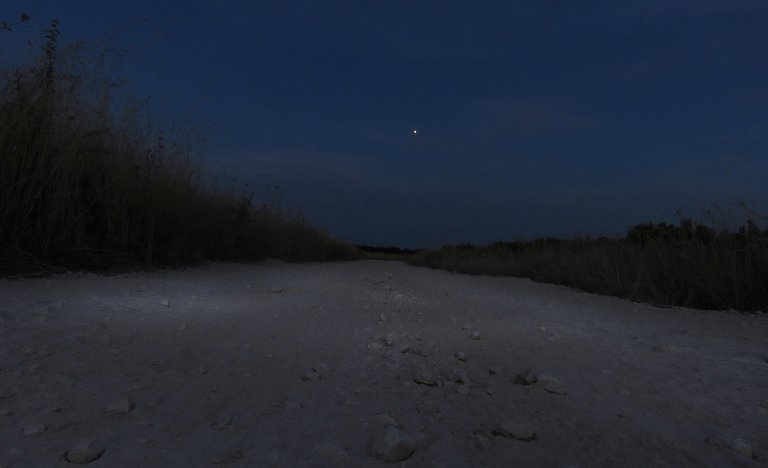
It was still dark and the air was fresh and humid.
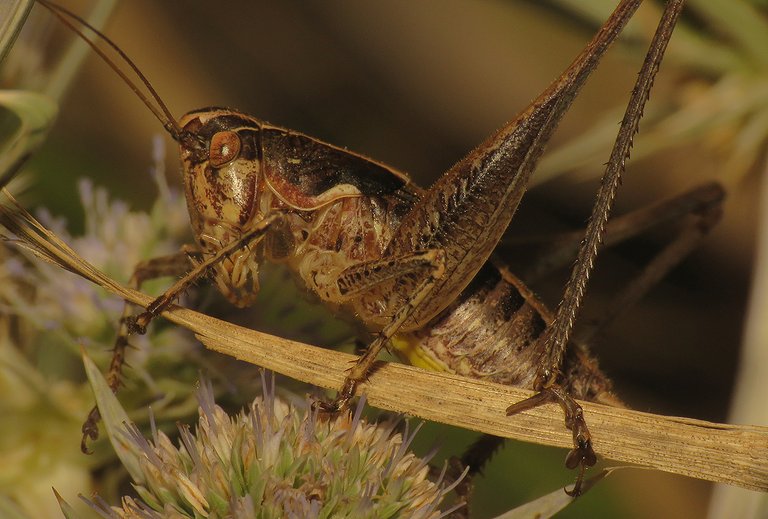
The crickets were still singing in the dark ...
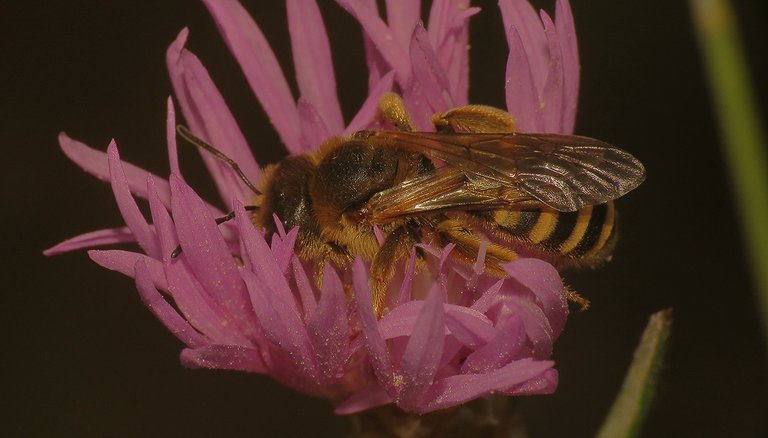
... the solitary Halictus scabiosae bees were sleeping on the flowers ...

... and I was experimenting with long exposure settings and the flashlight ...

... as the sky along the eastern horizon was rapidly getting brighter.
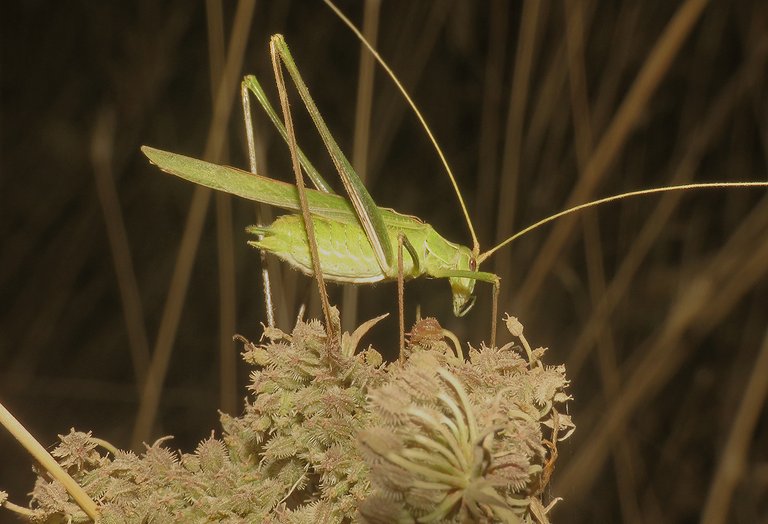
This is the Tylopsis lilifolia, bushcricket from the Tettigoniidae family. I mean, all the grasshoppers' relatives from that family are commonly known as bushcrickets, katydids, or long-horned grasshoppers. It was still dark when the photograph was taken. I used the flashlight to illuminate the insect and see what I'm photographing. I used the flash of my camera as well because the light was still very low for a decent photograph made without a tripod.
The bushcricket introduced earlier in the post is the Pachytrachis gracilis.
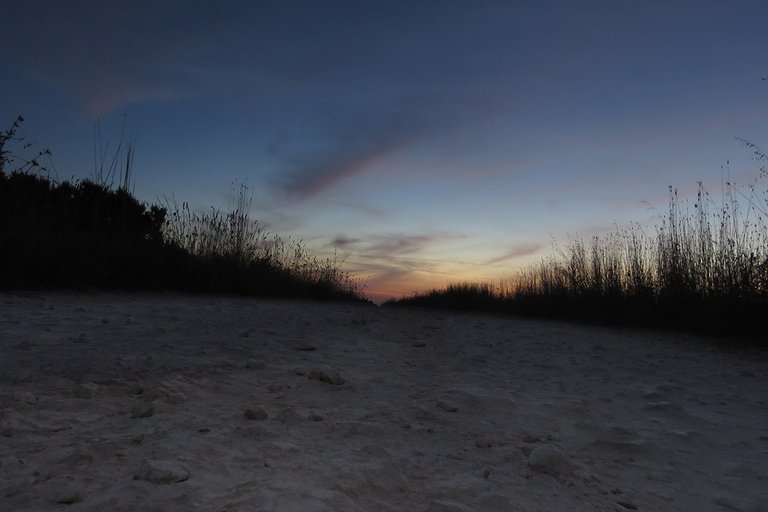
In this shot, the sky is a bit brighter than before, very slightly but it is, while in the following photograph ...

... I zoomed in to take a better look at the vivid colors that preceded the appearance of the sun. At that point ...
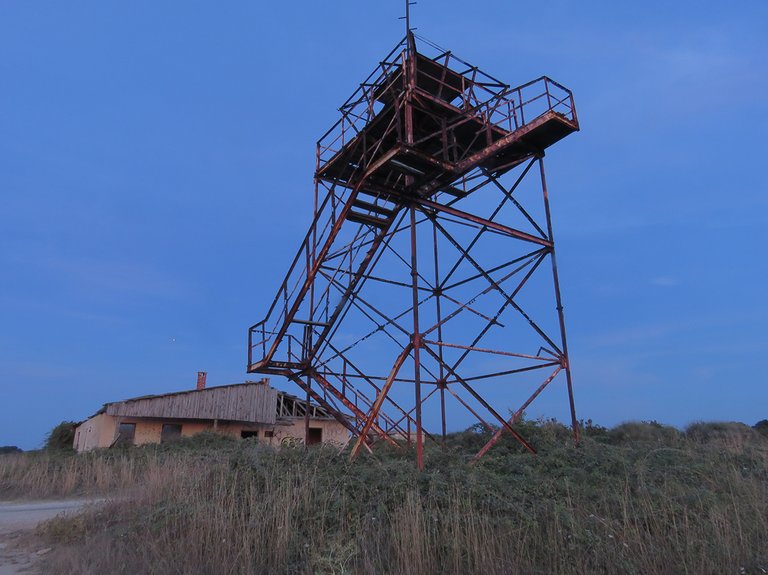
... the sky behind and above me was bright and intensely blue.
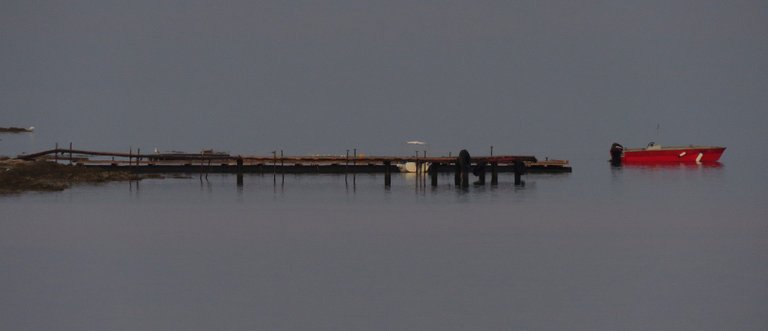
In this shot, I zoomed in on one of the piers of the islet called Levan. There weren't many boats there early in the morning. Tourists will start arriving between 10 and 11 AM.
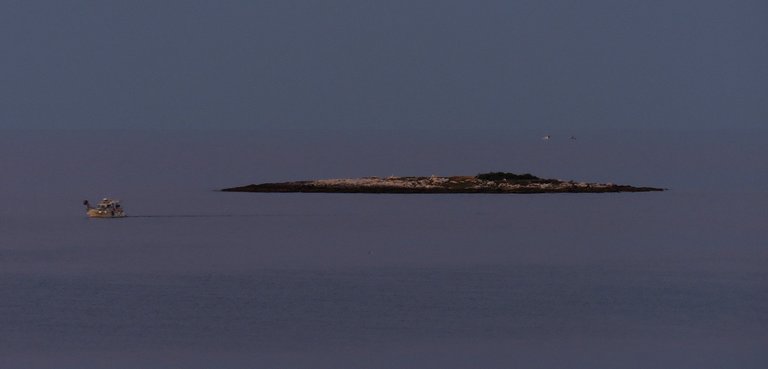
Here you can see Levanich, a much smaller islet near Levan. The distance between the two is about 600 - 700 meters.
After photographing the distant islets, I noticed some interesting bugs from the Scutelleridae family.
They were mating on one of the Eryngium amethystinum plants before my feet.
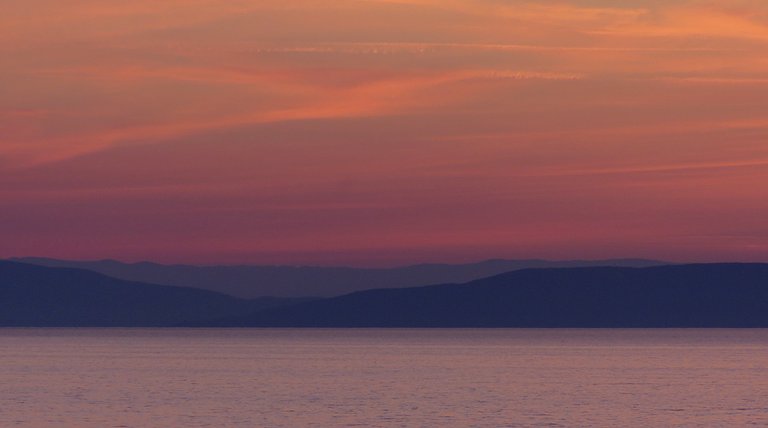
Meanwhile, beautiful colors could be seen above the eastern horizon.
When it comes to the name of this species, I can't tell you that. But I know the genus. The name of the genus is Hotea. Judging by what I found about them on the Internet, which is almost nothing, it seems that the members of this genus are some very obscure little bugs. After taking a bunch of bug-themed shots through the macro lens, when I looked at the distant horizon again ...
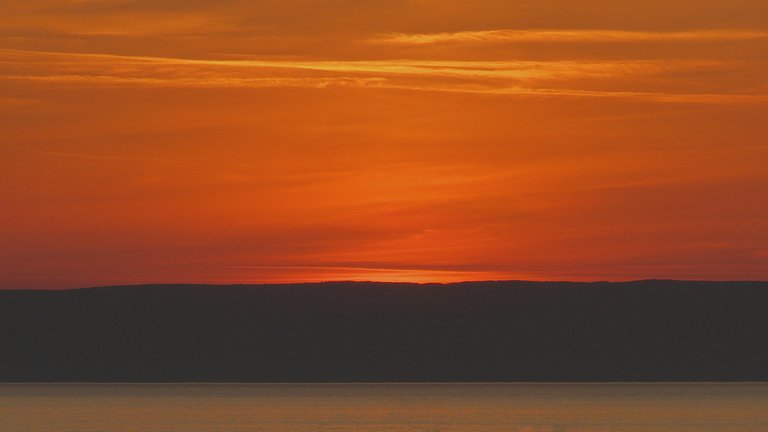
... the sky looked like a sea of lava that announces the hot plate of the sun.
An hour later, I photographed a camping van ...

... parked a couple of hundred meters from me, closer to the beach.
Up there in the sky, an airplane was passing through a veil of clouds.
Down on the ground, in the dried-out grass before my feet ...
... I found another interesting bug.
Can't tell you the name or anything else about this well-camouflaged, stick-like species but I'm a hundred percent sure that this is a nymph, not an adult.
This chapter starts at 11 AM, approximately. It was very hot when the above photograph was taken. In its foreground, you can see a friend of mine who was chasing insects and spiders just like me, while a speedboat is speeding far in the background.
In the tall grass, about 50 - 60 meters from the sea ...
... I came across a bunch of spiderlings ...
... in the nest that a female built around the ear of grass.
This is the offspring of the Pisaura mirabilis, a spider from the Pisauridae family.
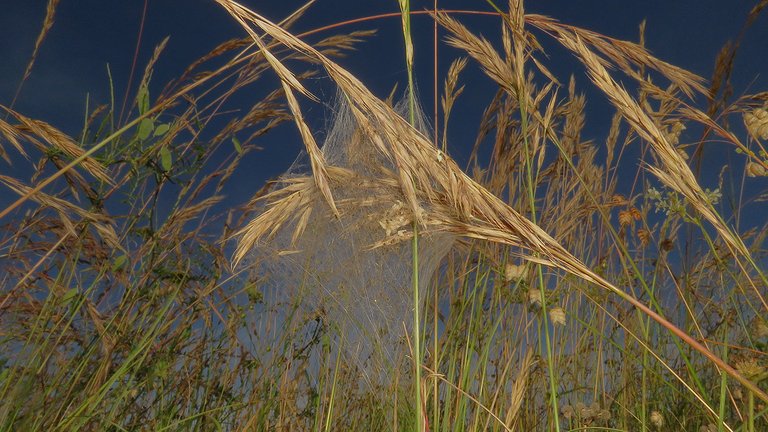
In photography, different kinds of light can reveal different details and properties of the world around us. In this shot, taken with the flash of my camera, the structure of the nest is much better defined than in the previous few photographs.
On the Crithmum maritimum plant, very close to the sea, I found a camouflaged grasshopper. This is the Acrida ungarica mediterranea, commonly known as the cone-headed grasshopper or the Mediterranean slant-faced grasshopper.
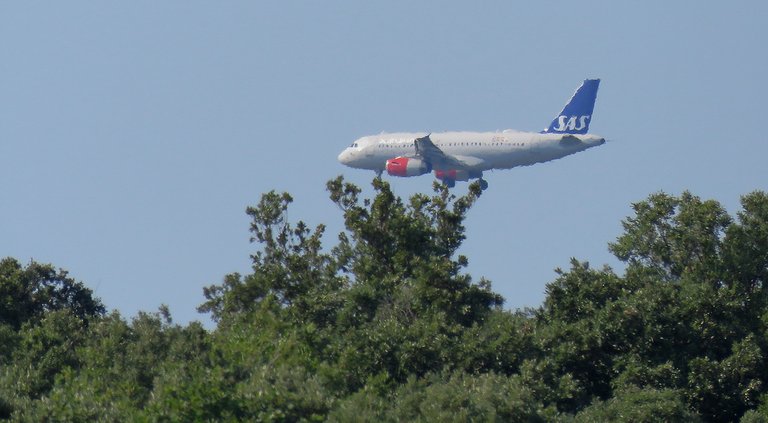
In this photograph, I caught a descending airplane that was flying towards the airport of Pula. The image of the distant plane is slightly distorted due to the hot air.
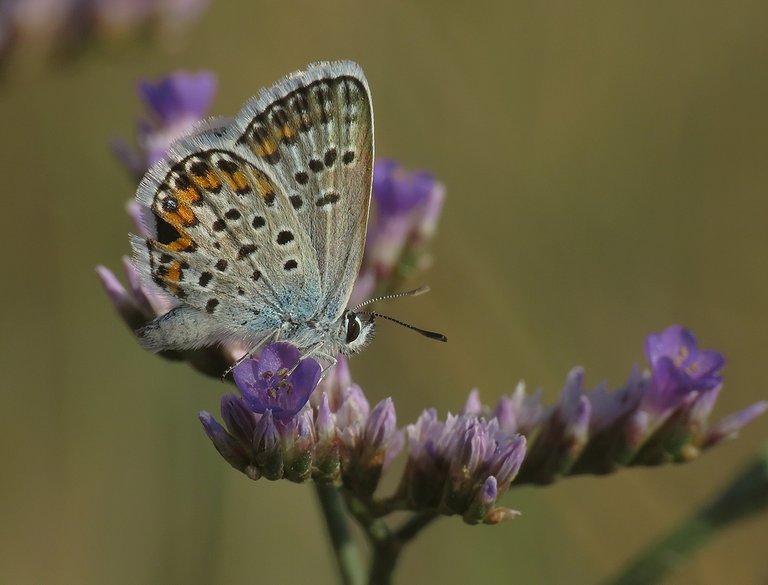
This Plebejus argus, a small butterfly from the Lycaenidae family, was feeding on the nectar produced by the tiny flowers of the Limonium narbonense plant.
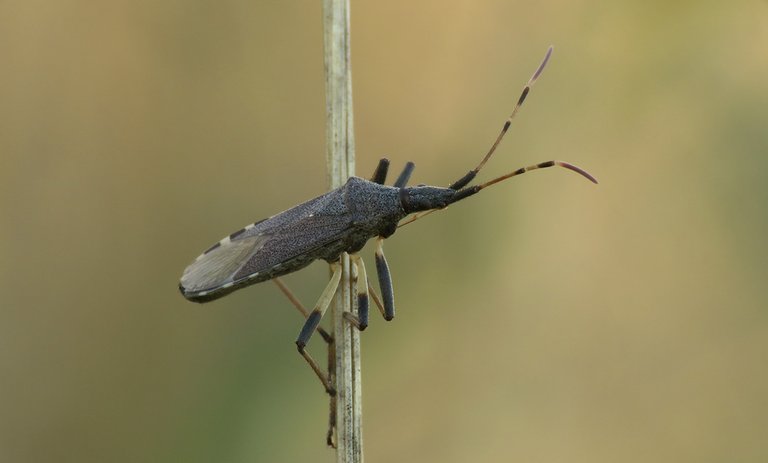
This is a bug from the Stenocephalidae family. Dicranocephalus agilis is the name of the species.
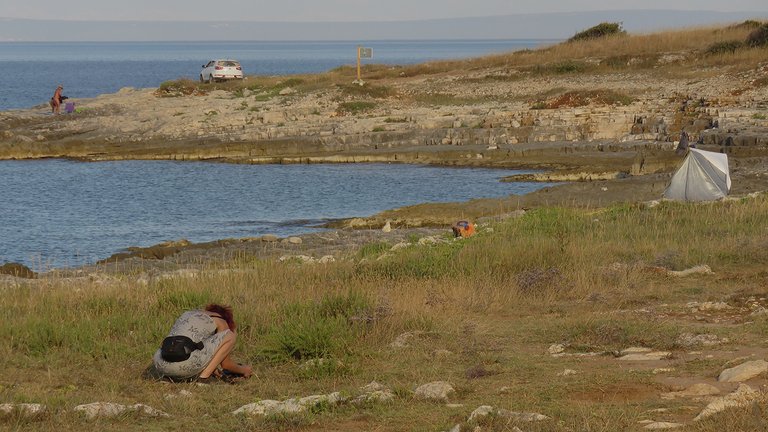
Here you can take another look at the scenery. The next chapter is coming soon.
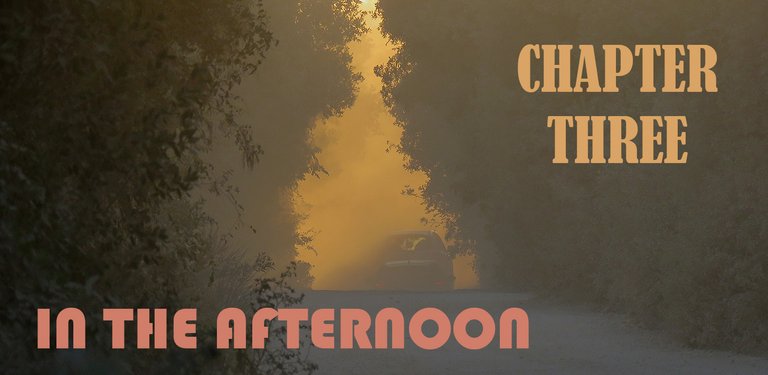
I photographed some interesting creatures in the afternoon.
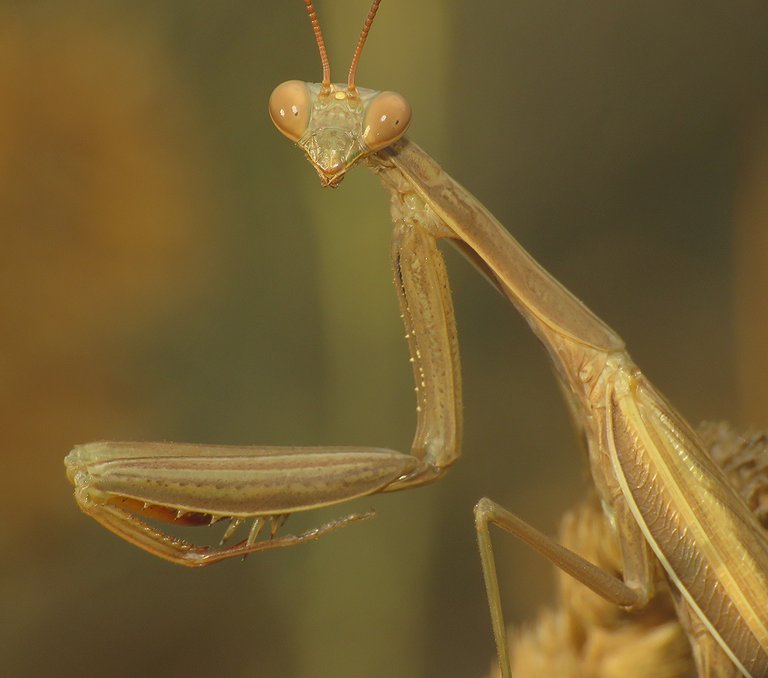
Here you can see a mantis.
The most common mantis in this area.
Mantis religiosa. Commonly known as the European mantis. In the following photograph ...

... you can take a look at a different kind of mantis.
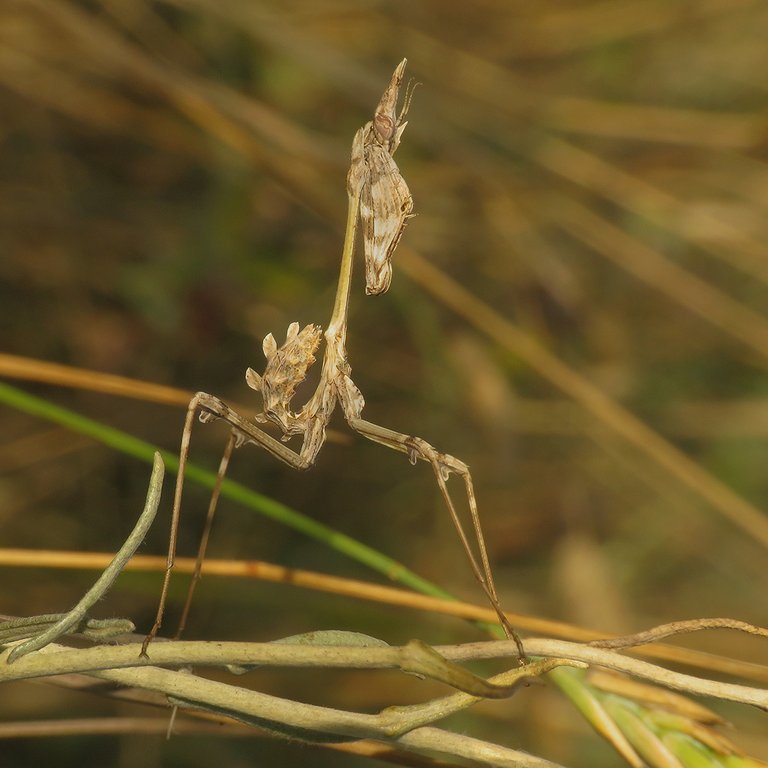
This is a nymph.
A young, wingless specimen.
The name of the species is Empusa pennata.
Later, as adults, they'll still have some unique and interesting features, but now, in their nymphal stage, these mantises are at their weirdest.
What a spectacular little creature! As I was exploring the meadows ...
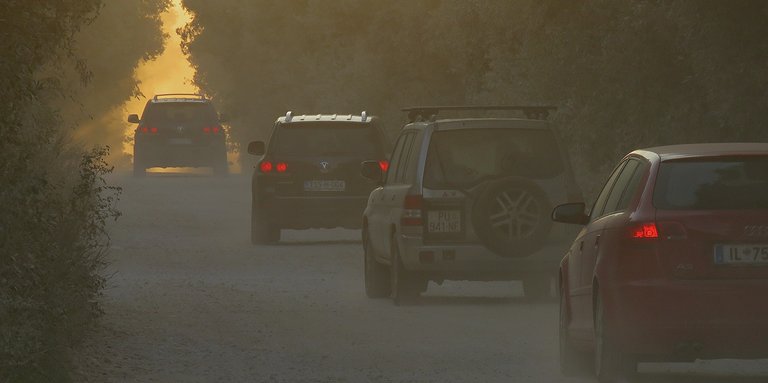
... some people were leaving the beach.
I mean, many of them were leaving, actually.
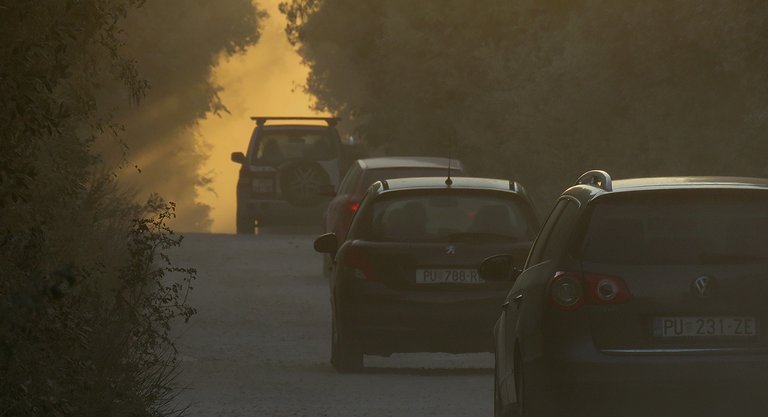
A fairly long line of cars on the dusty, unpaved road looked very photogenic in the golden light of the late afternoon ...
... so I took plenty of photographs before returning to the macro stuff.

Here you can see three young spiders on the same thread.
I noticed more spiderlings soon.
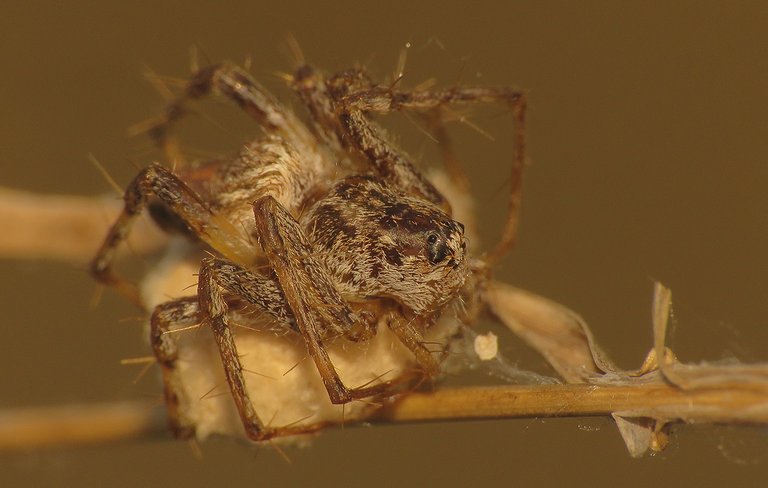
The mother was resting nearby ...
... while they were hanging around ...
... in groups of two or three, mostly.
The name of this species is Oxyopes heterophthalmus. It belongs to the Oxyopidae family.
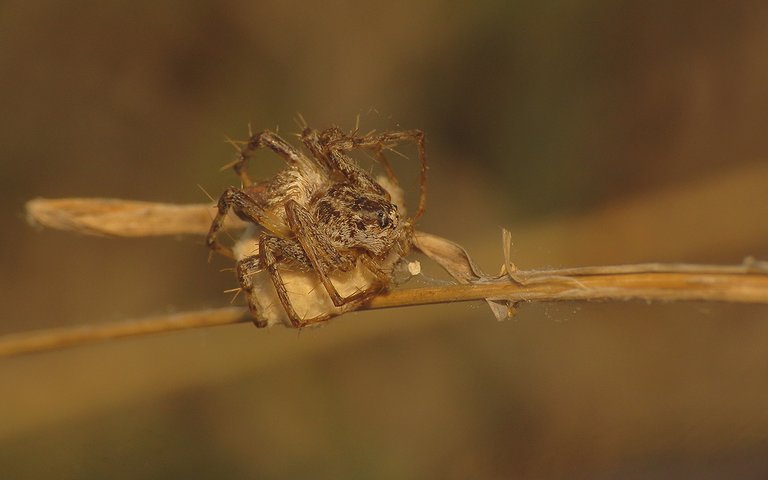
While I was observing the spiders in the tall grass ...
... my friend was chasing the grasshoppers near the sea.
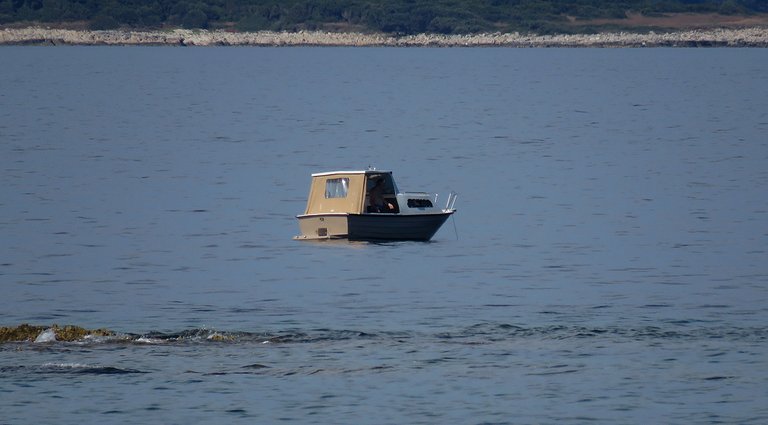
Here you can see a small boat that was anchored in the inlet.
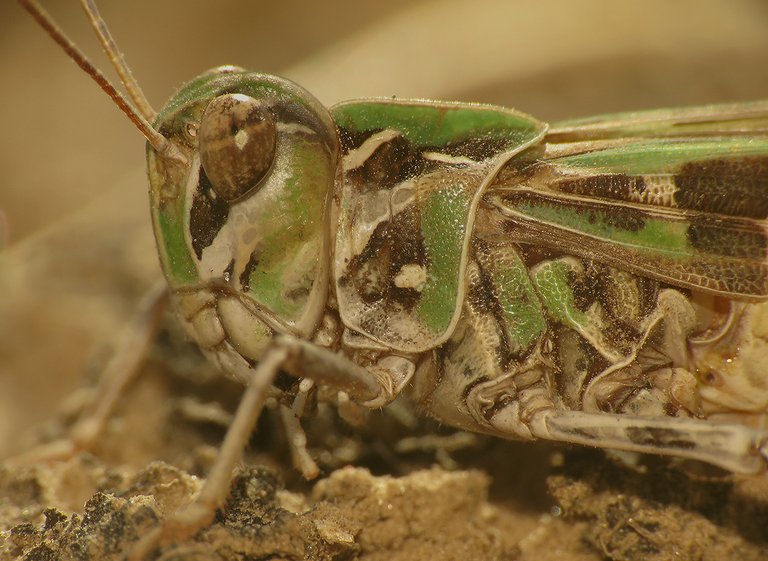
I also caught some coastal grasshoppers soon. This is the Oedaleus decorus. In the following photograph ...
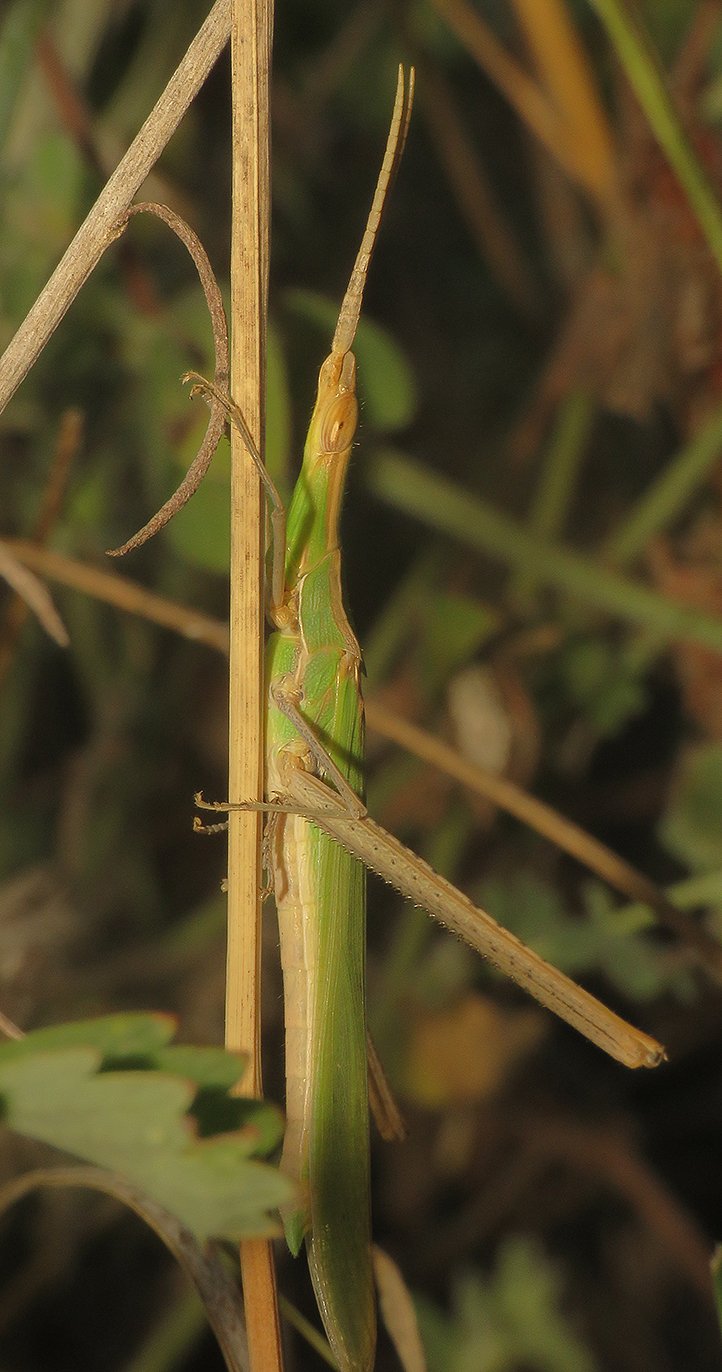
... you can see another Acrida ungarica mediterranea.
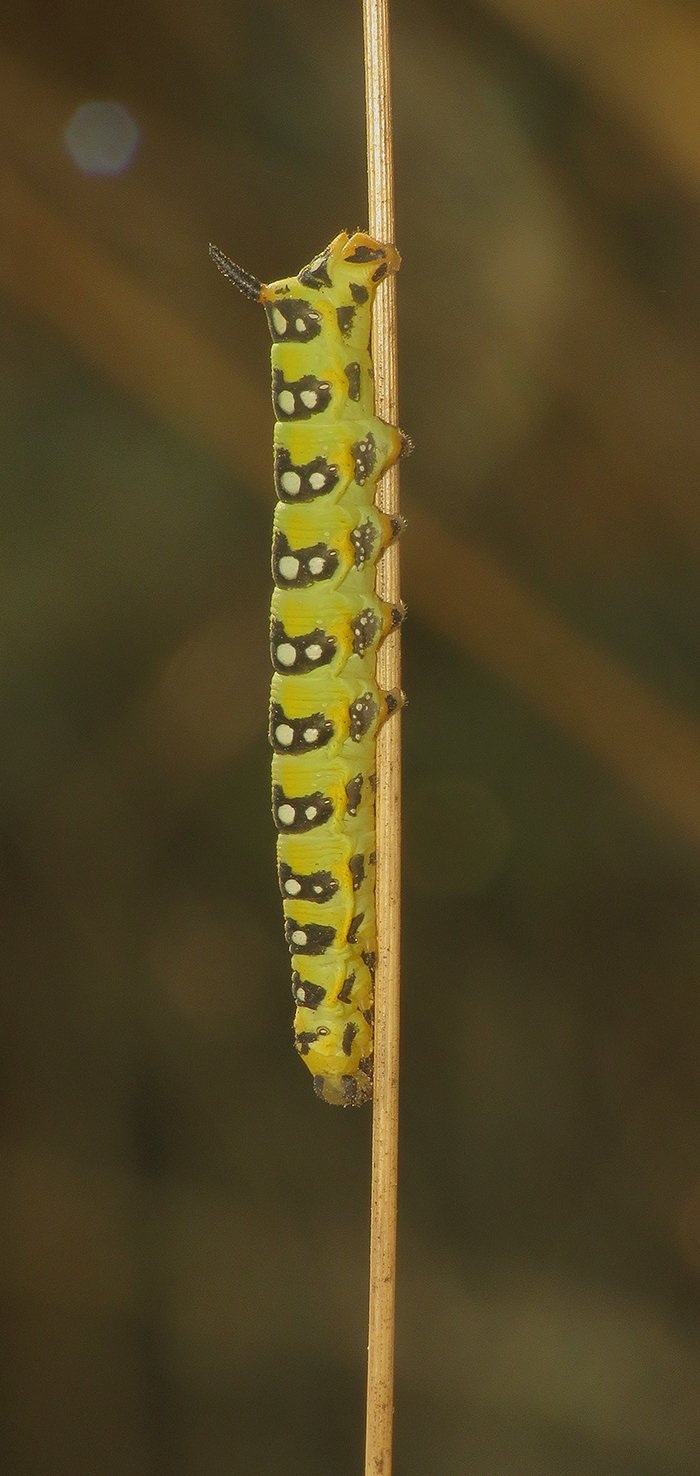
This caterpillar is a larval stage of the Hyles euphorbiae, a moth from the Sphingidae family.

Here you can see the Spialia sertorius, a butterfly from the Hesperiidae family.
That's all I photographed in the afternoon.
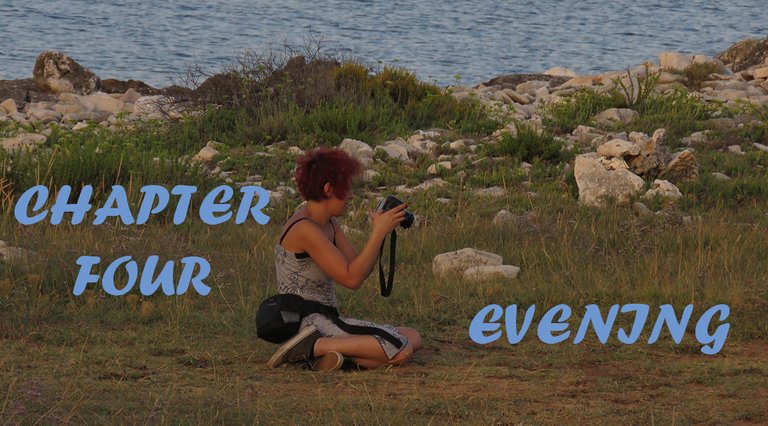
We were still chasing insects and spiders when the evening came.

In the distance, a pretty large cargo ship was sailing across the bay ...
... and the last tourists were leaving.
The light provided by the setting sun looked gorgeous.
This weevil (can't tell you the name of the species, the family is Curculionidae) was still active when the following photograph was taken.
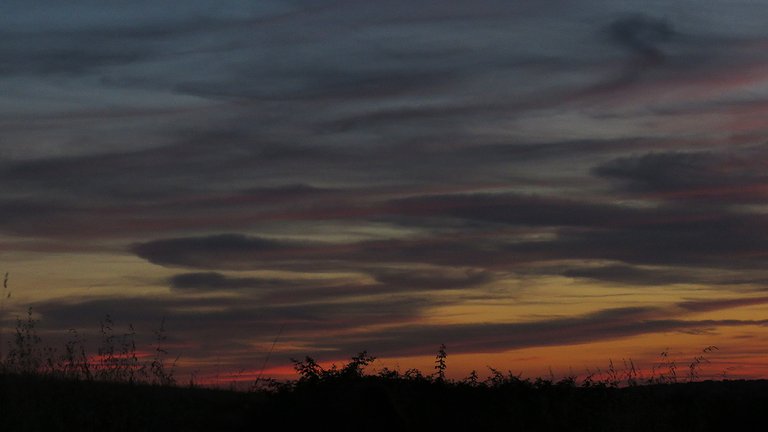
As you can see, it was getting late. The night was almost there.

This Colletes hederae bee has found a nice place in which to spend the night. It was time to go home.
The following links will take you to the sites with more information about some of the small arthropods shown in this post. I found some stuff about them there.
https://en.wikipedia.org/wiki/Colletes_hederae
https://en.wikipedia.org/wiki/Halictus_scabiosae
https://en.wikipedia.org/wiki/Tylopsis_lilifolia
https://orthoptera.hu/en/fajok/pachytrachis-gracilis/
https://en.wikipedia.org/wiki/Hotea
https://en.wikipedia.org/wiki/Pisaura_mirabilis
https://en.wikipedia.org/wiki/Acrida_ungarica
https://en.wikipedia.org/wiki/Silver-studded_blue
https://www.britishbugs.org.uk/heteroptera/Stenocephalidae/dicranocephalus_agilis.html
https://en.wikipedia.org/wiki/European_mantis
https://en.wikipedia.org/wiki/Empusa_pennata
https://en.wikipedia.org/wiki/Oxyopes_heterophthalmus
https://en.wikipedia.org/wiki/Oedaleus_decorus
https://en.wikipedia.org/wiki/Hyles_euphorbiae
https://en.wikipedia.org/wiki/Spialia_sertorius
AND THAT'S IT. AS ALWAYS IN THESE POSTS ON HIVE, THE PHOTOGRAPHS ARE MY WORK.

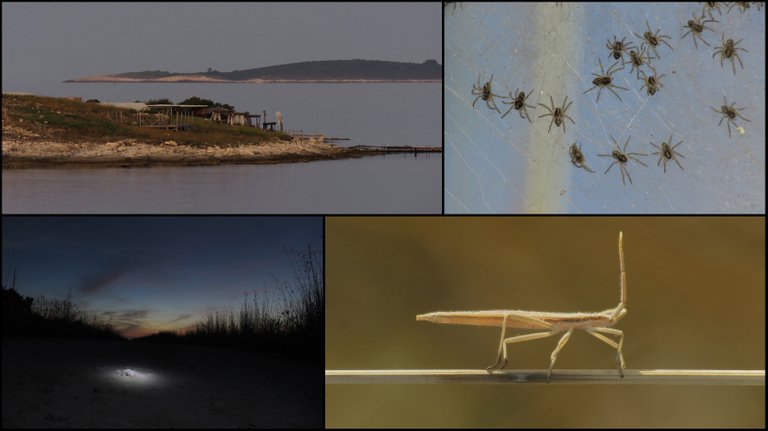
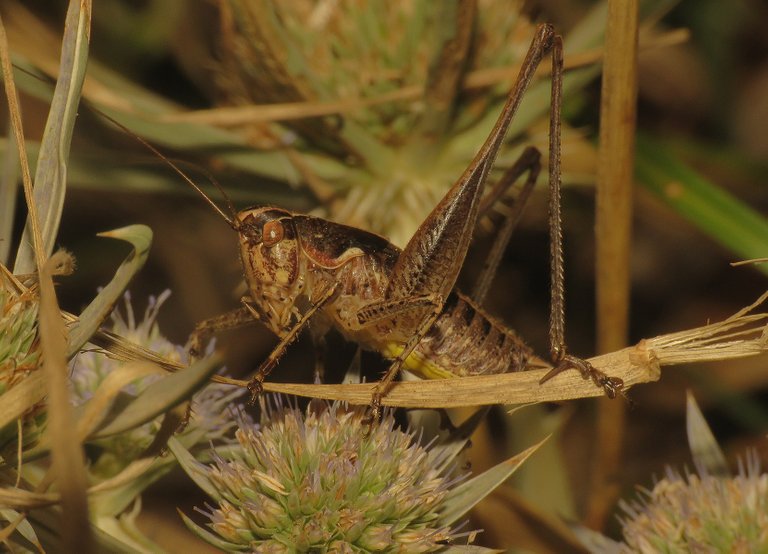

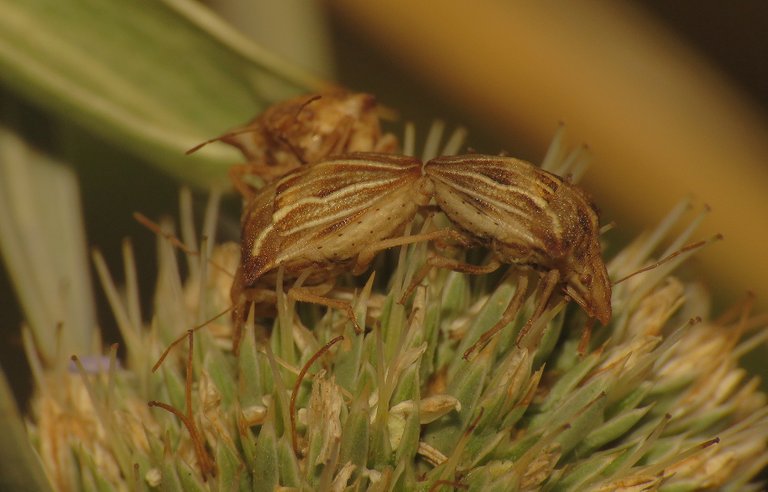
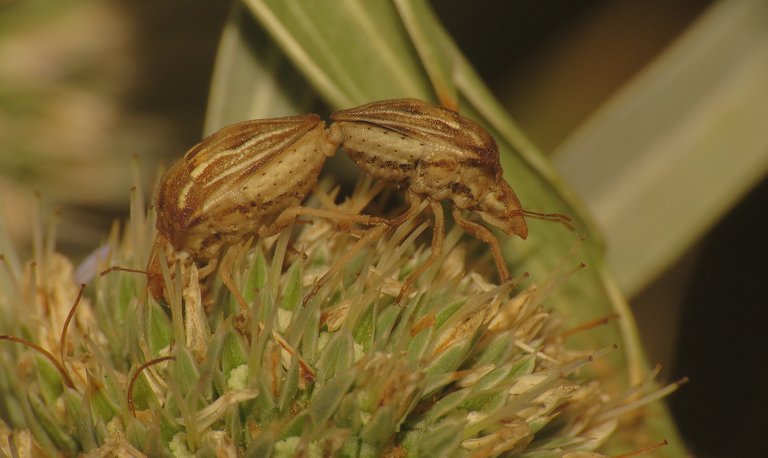


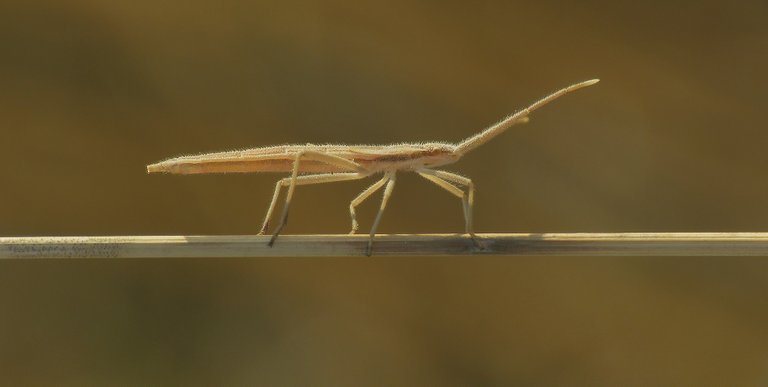

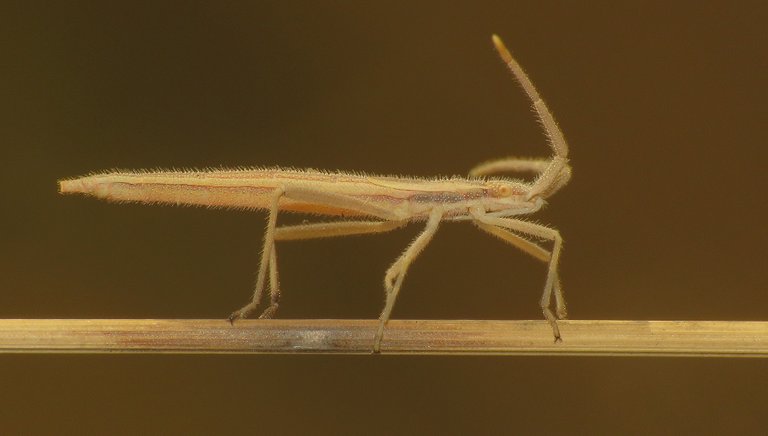

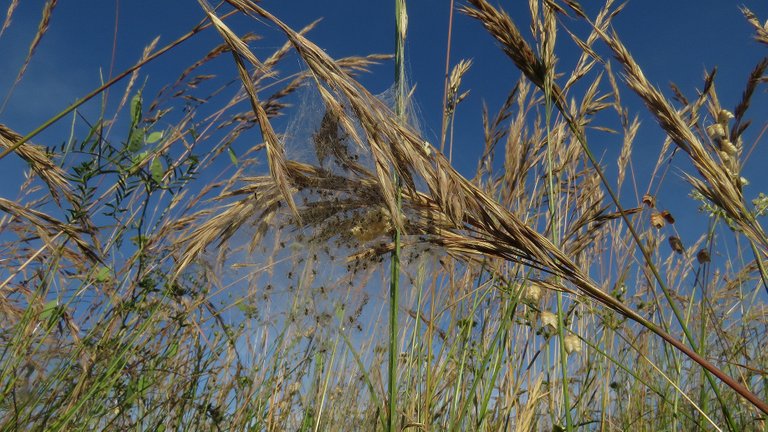
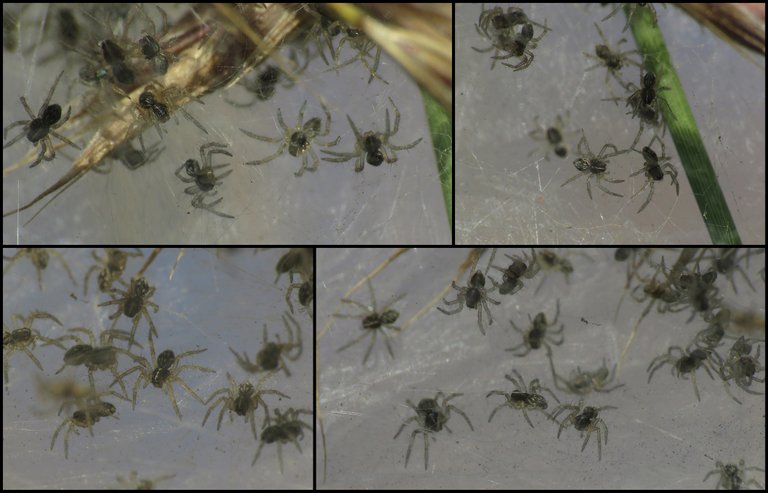
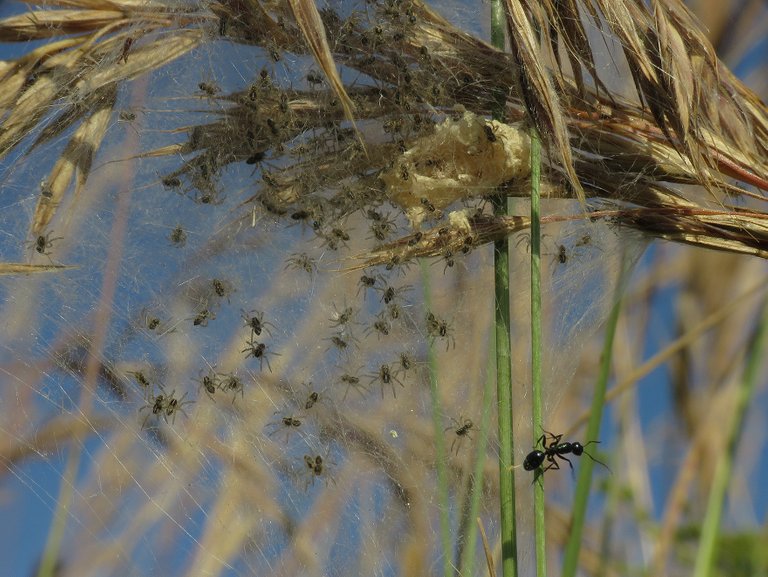

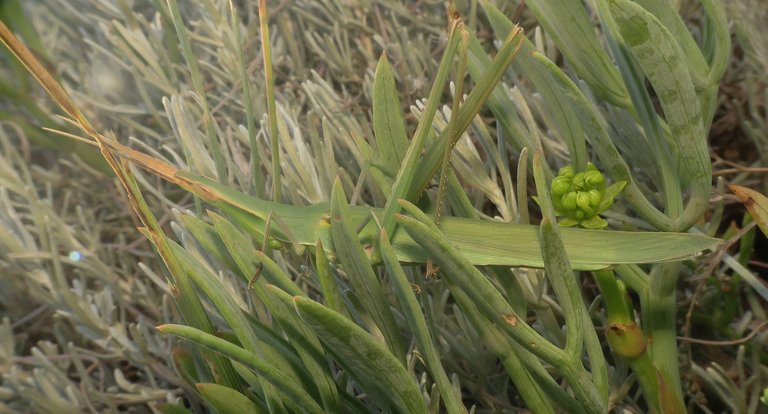

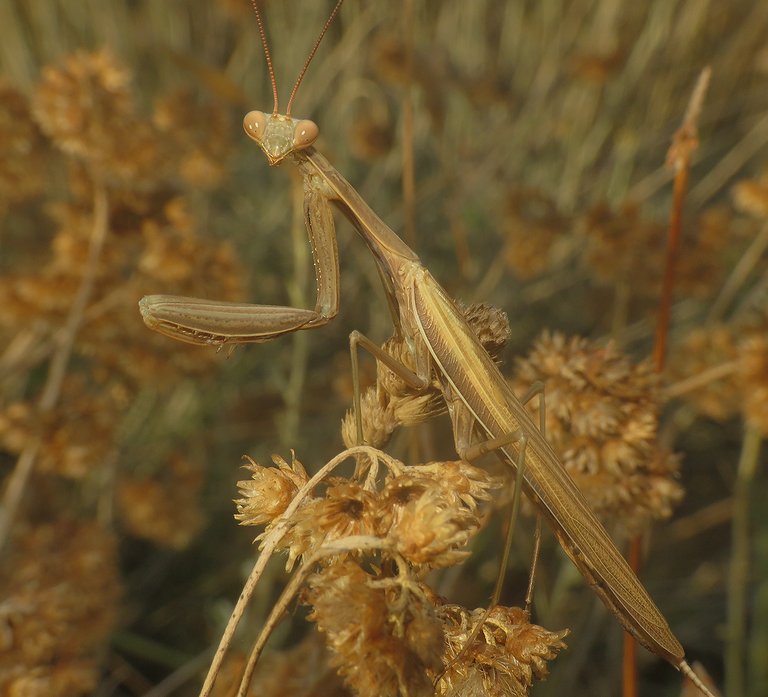
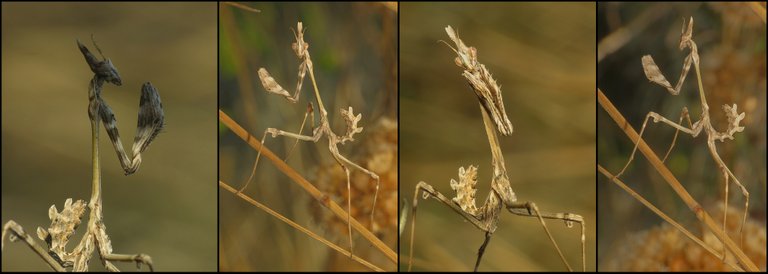


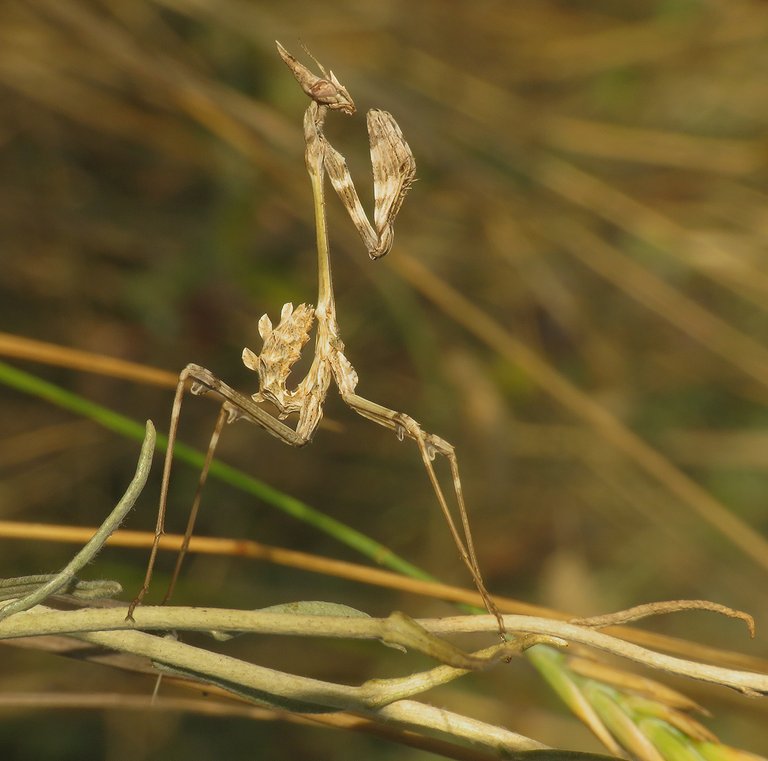
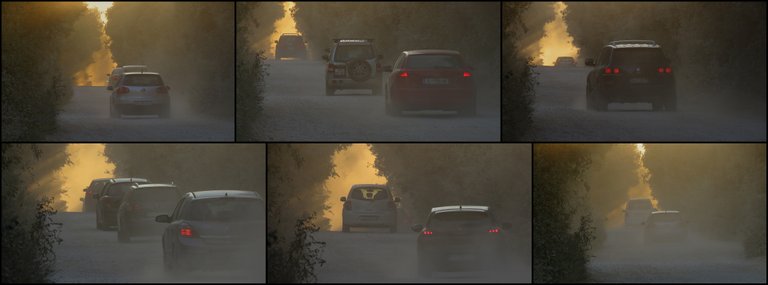
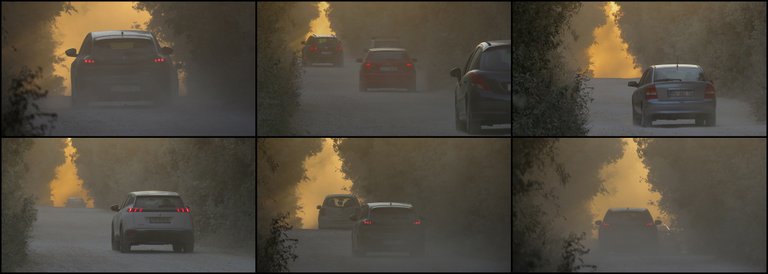
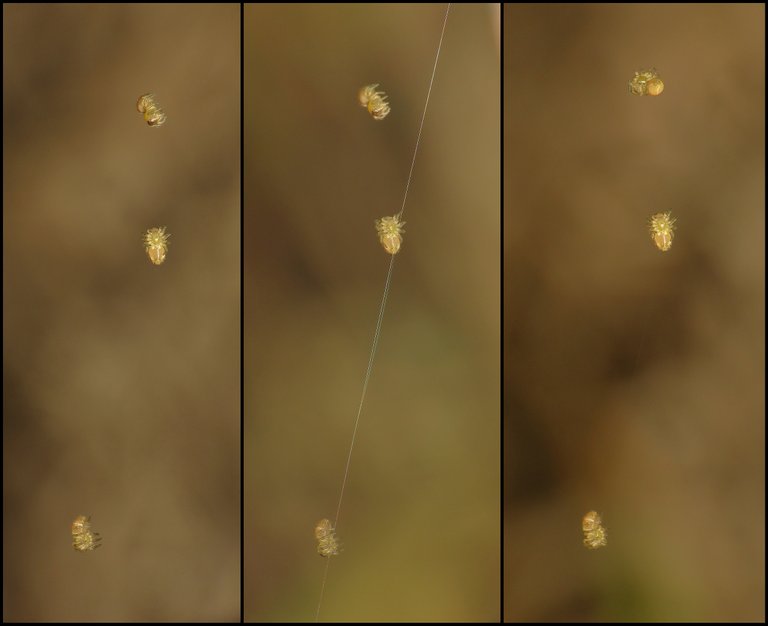
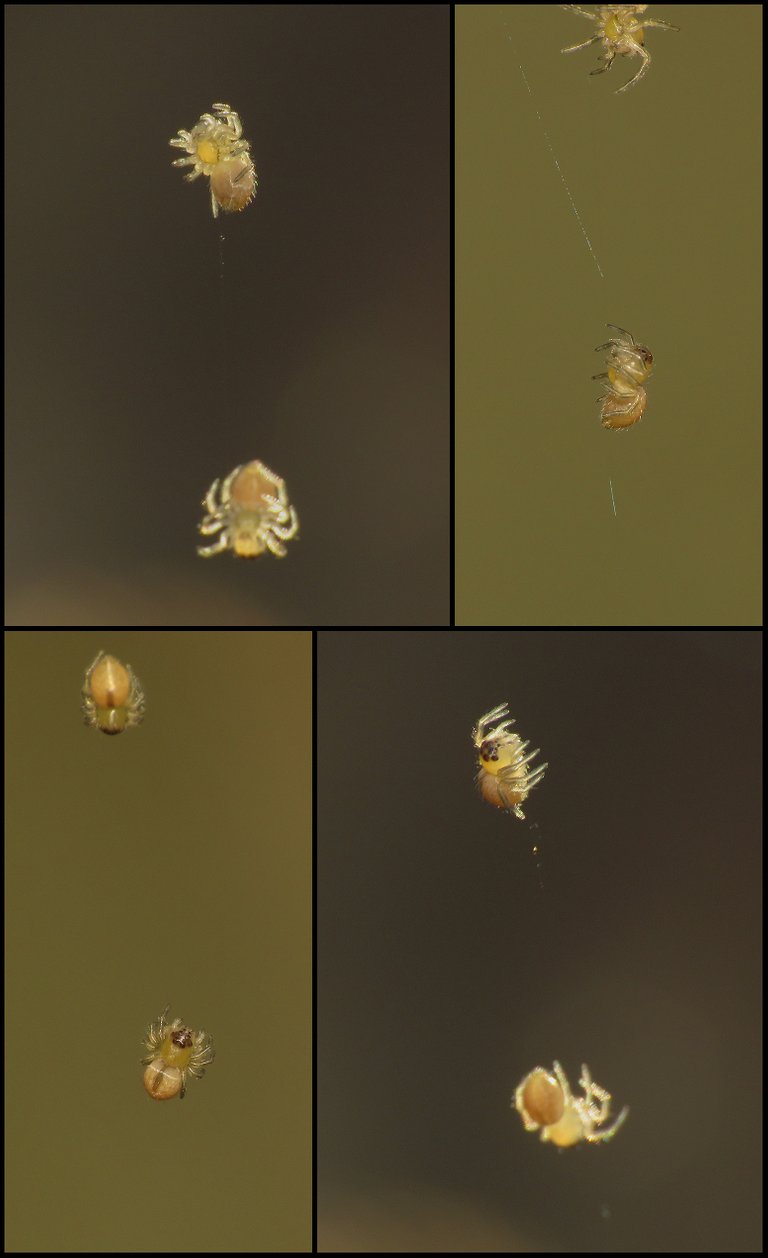
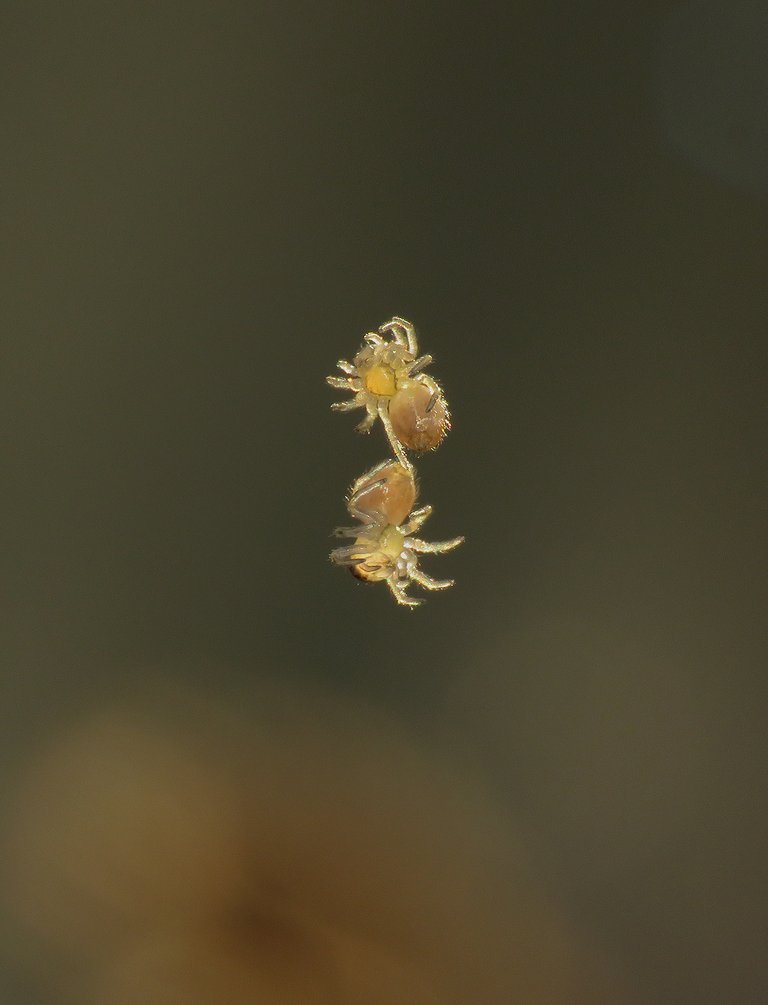



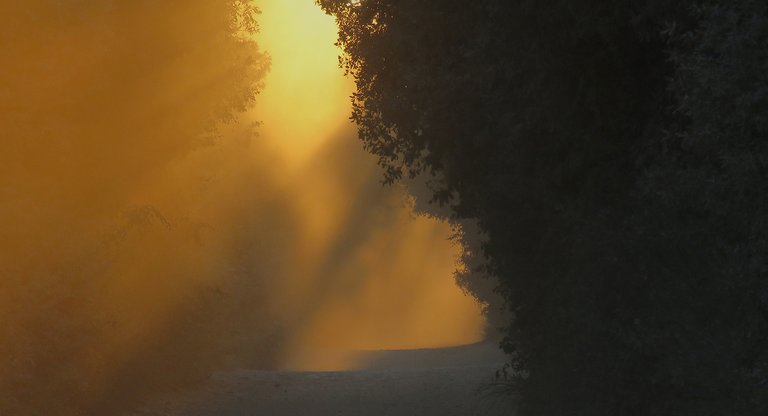

Mesmerizing
Hey, you are truly an admiring photographer, Never seen these species in my life, Some of them were known but most of them were new for me. I love watching them. your work is splendid.
Thank you 🙂 Glad you like the post.
Your post and your work has everything to be liked :)
What a difference a day makes ... what a glorious journey!
Chapter 1 wins with the beautiful colours of the sky 😍. But I need to praise the up close photo of the mantis as well!! How did you manage that? I'm assuming a ton of patience. This is magnificent 🐛🍀
Yes. 🙂 It takes patience.
Great you decided them into chapters. That’s pretty cool 😎
Great captures, as always @borjan 😊
Tooo many I like to name hehehe 🤭
I love the light changes and the macro shots are just stunning.
Thanks for sharing, it looks like it was a nice day out.
Have a wonderful Thursday 👋🏻
Thanks. 😊 Happy Friday to you.
You are welcome 👋🏻😊 thank you!
You have captured a lot of beautiful insect photography. Those insect are looking so amazing. Nice photography
Wow what a tale! Vast skylines down to extreme closeups on interesting insects. Well done.
I think I might like to wake up a few mornings in that camper can myself!
🙂
!discovery 30
Yay! 🤗
Your content has been boosted with Ecency Points, by @borjan.
Use Ecency daily to boost your growth on platform!
Support Ecency
Vote for new Proposal
Delegate HP and earn more
This post was shared and voted inside the discord by the curators team of discovery-it
Join our community! hive-193212
Discovery-it is also a Witness, vote for us here
Delegate to us for passive income. Check our 80% fee-back Program
Wow 😲 beautiful photography sir As always there is no answer to your photography sir 👌👌👌
Thank you 🙂 Glad you like the post.
I always love your photos sir 😍
You have a good eye for the little ones.
I like to explore through the macro lens. Especially small animals. 🙂 Never have enough of that.
Great pics. I loved the spiderlings in their nest. And the pics of the mantis are fantastic - what creatures there are - just like nothing else - I'd love to be able to see them in the wild like that - awesome !
!LUV
@borjan, @hoosie(1/4) sent you LUV. | tools | discord | community | HiveWiki | NFT | <>< daily
NFT | <>< daily
Saludos @borjan como siempre usted y sus magnificas y bellas fotos con calidad de sobra, la de la mantis religiosa es super espectacular.
Some of these tiny creatures actually look quite scary when the photo is enlarged, especially the Mantis (could easily be an Alien even). !LOL 😃
lolztoken.com
Nothing, they just hung out and chilled.
Credit: reddit
@borjan, I sent you an $LOLZ on behalf of @fun.farms
Use the !LOL or !LOLZ command to share a joke and an $LOLZ
(5/6)
Wow you did have good eyes capturing this beautiful pictures. Thanks for sharing this beautiful sight
How many hours can a summer day is in your place?
Those are beautiful sky photos. The spiders got me scared though. So many.
From 5: 15 to 20: 50 in the second half of June when these photographs were taken.
Wow! Indeed a long day. We only usually have 12-13 hours of daytime during summer, and 11-12 hours on cold months.
This is amazing picture @borjan..👍👍👍
Thank you. 🙂 Glad you like the post.
Back thank to you sir @borjan ..☺️👍
Those Empusa pennata nymphs truly are weird looking!
I would say you had a beautiful day surrounded by nature. I really liked the sunrise photos and the close-up of the mantis. !PGM
BUY AND STAKE THE PGM TO SEND A LOT OF TOKENS!
The tokens that the command sends are: 0.1 PGM-0.1 LVL-0.1 THGAMING-0.05 DEC-15 SBT-1 STARBITS-[0.00000001 BTC (SWAP.BTC) only if you have 2500 PGM in stake or more ]
5000 PGM IN STAKE = 2x rewards!
Discord
Support the curation account @ pgm-curator with a delegation 10 HP - 50 HP - 100 HP - 500 HP - 1000 HP
Get potential votes from @ pgm-curator by paying in PGM, here is a guide
I'm a bot, if you want a hand ask @ zottone444